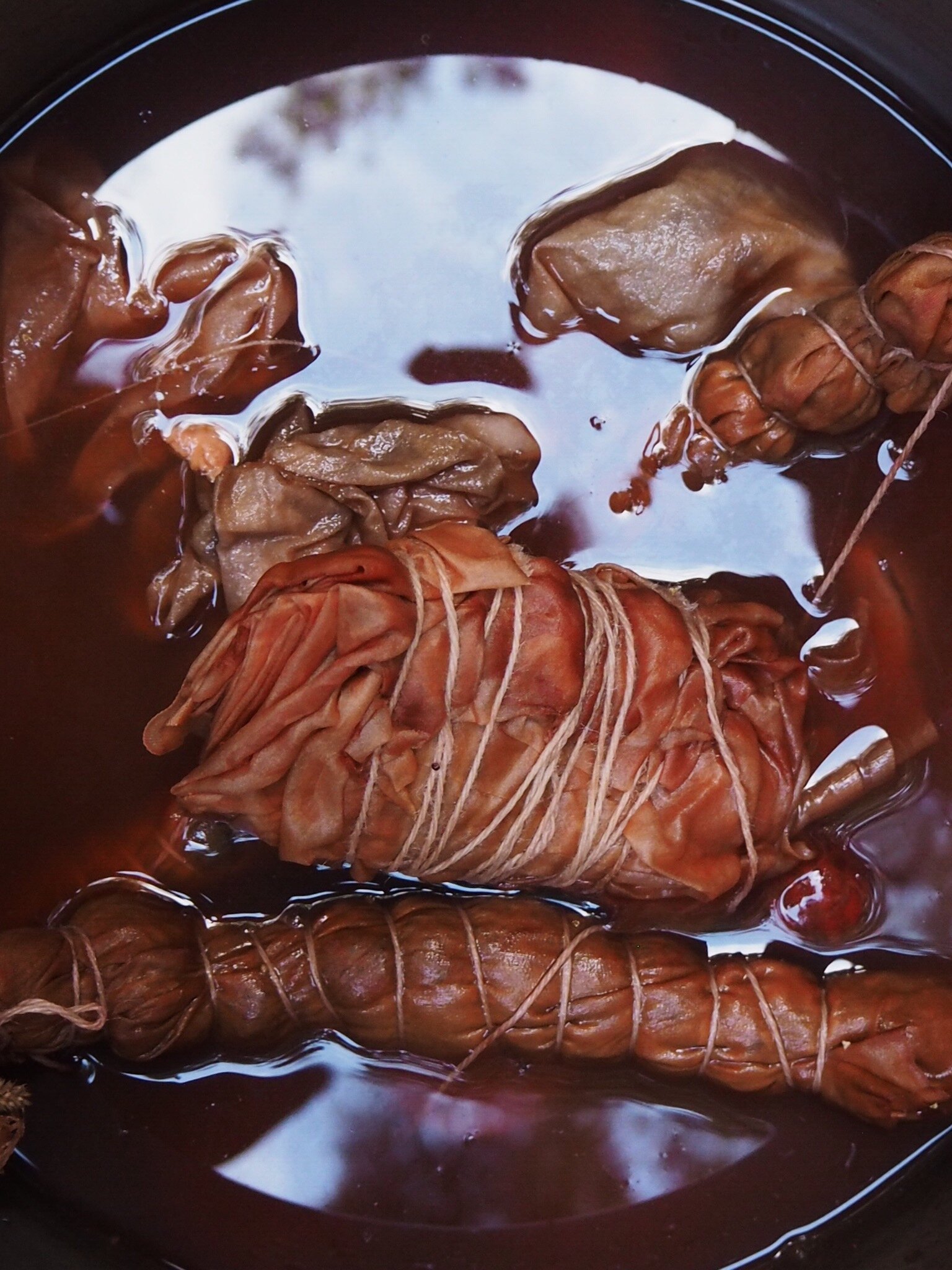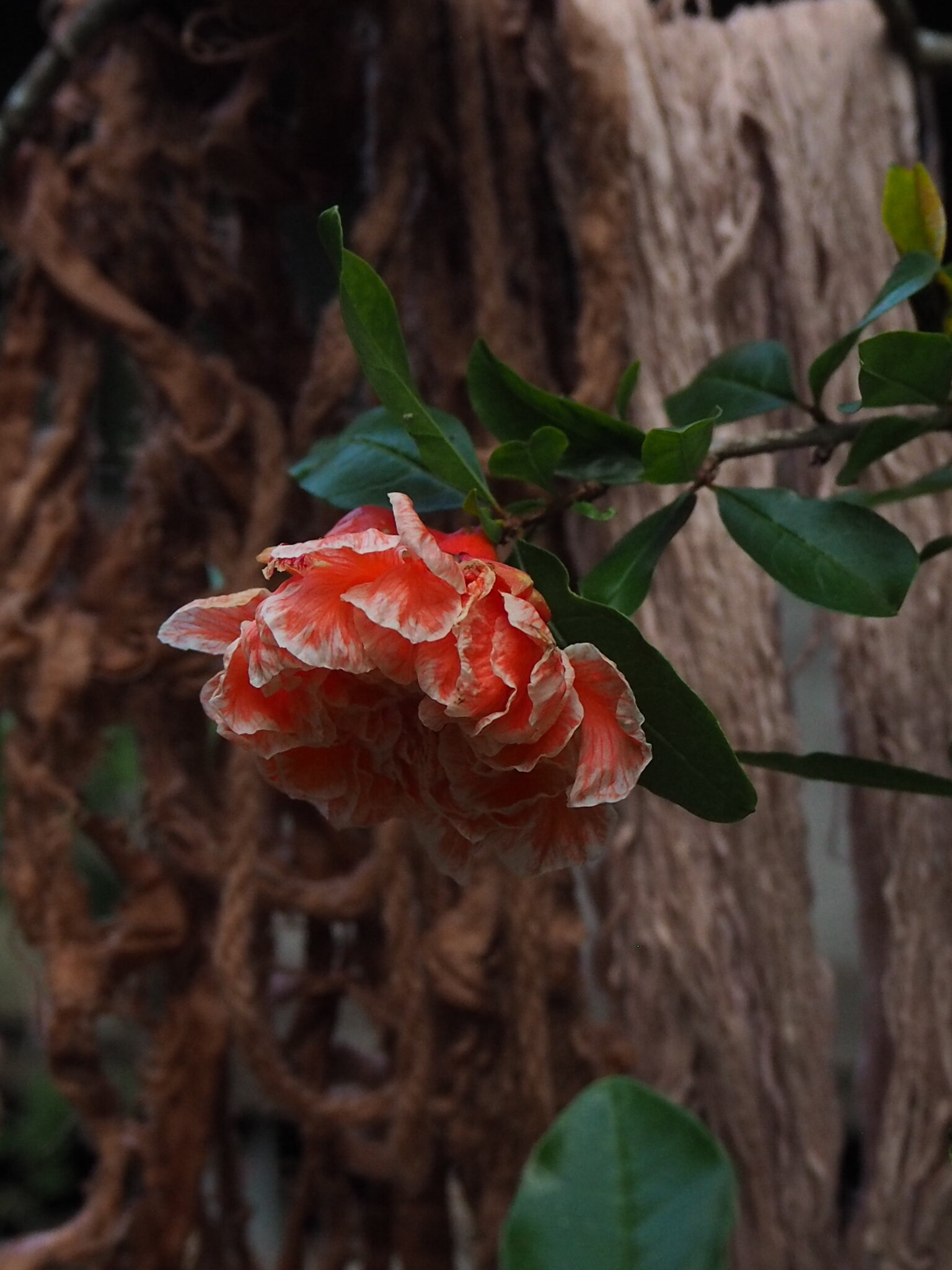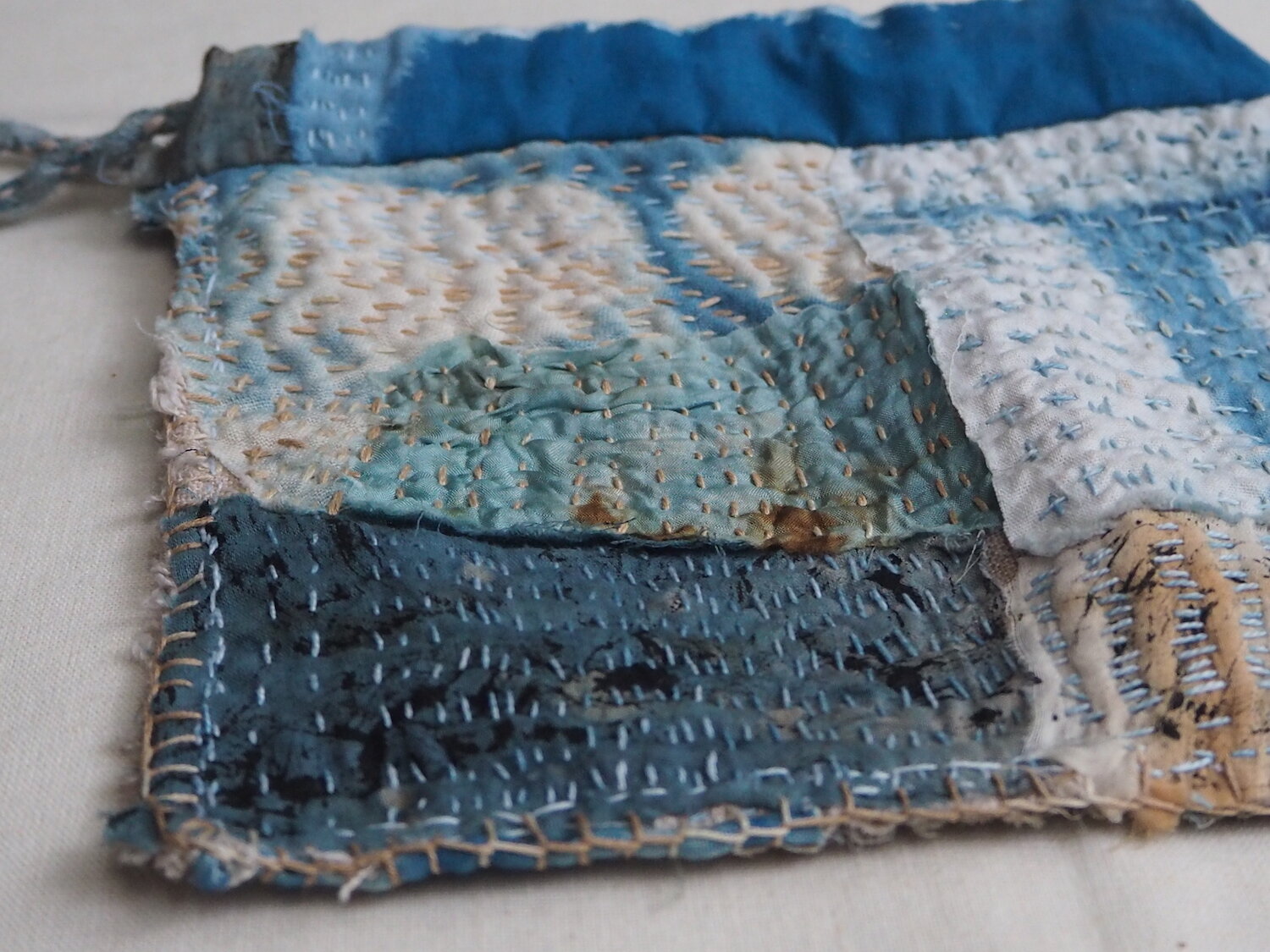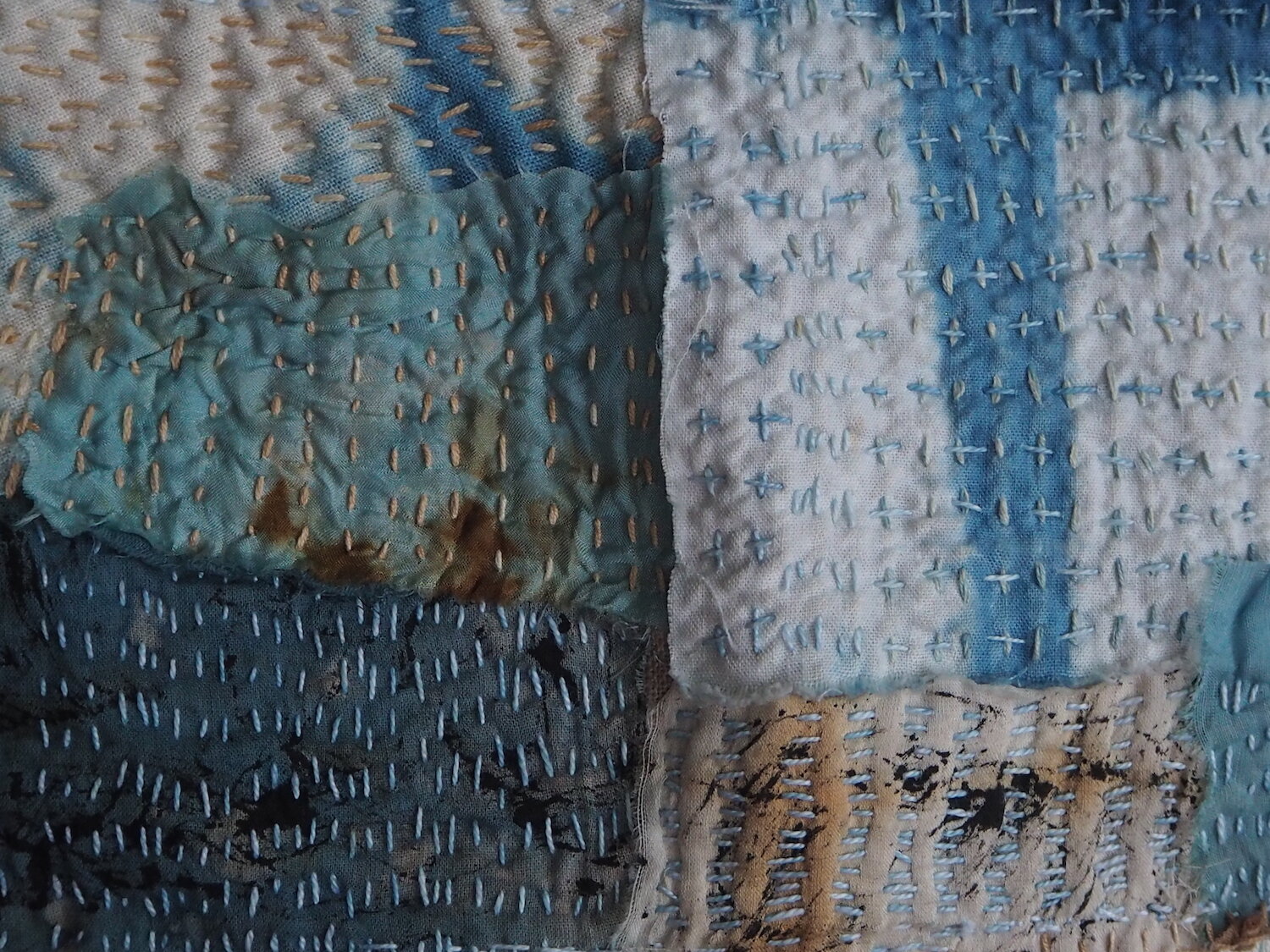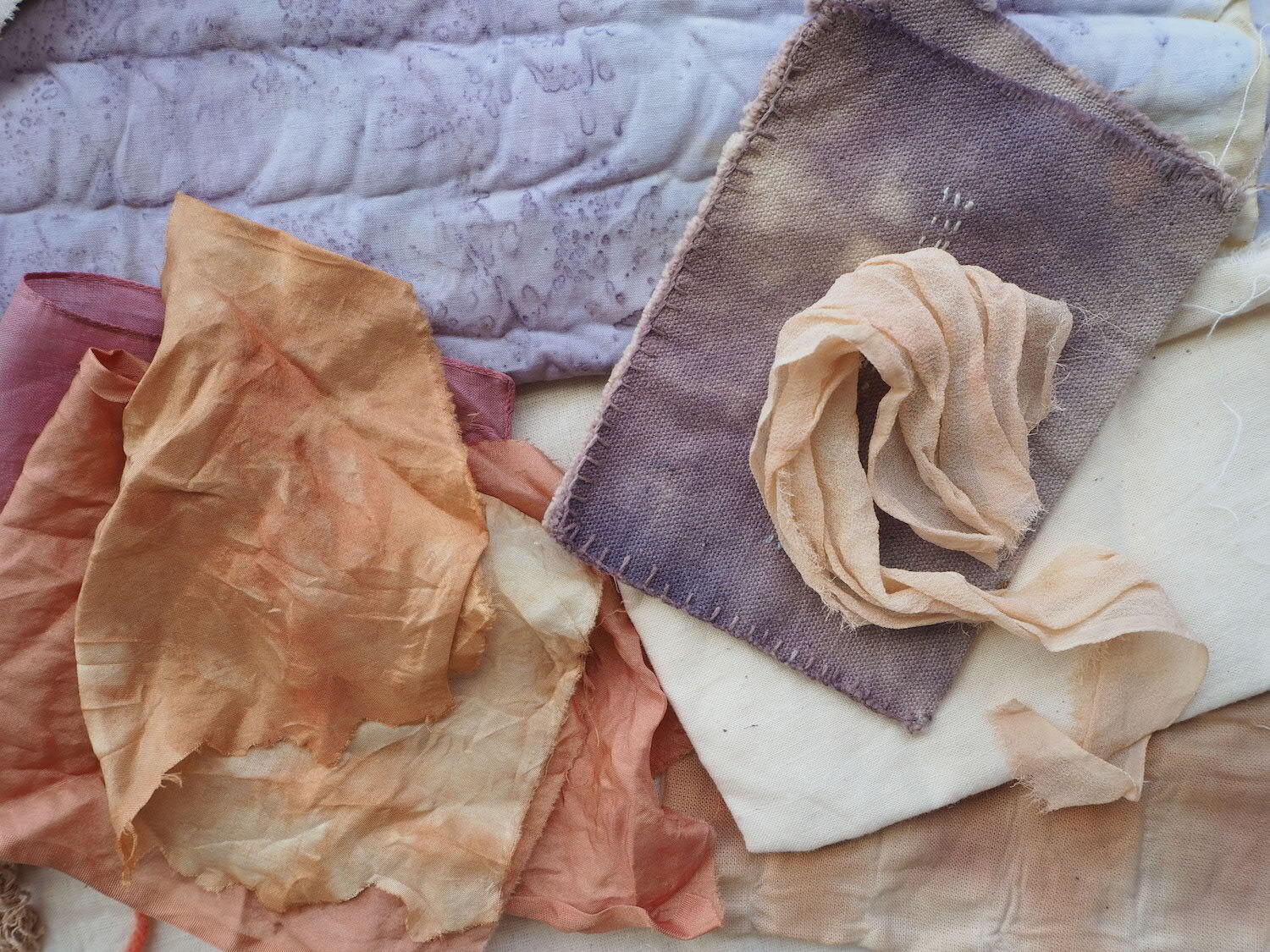Petalplum in Q & A with Think Thornbury - sustainable slow simple crafting
Later this month I will be heading to Melbourne to teach some workshops at Think Thornbury, a beautiful looking space that opened last year. I met Maggie when she attended my dye workshop in Melbourne earlier last year, and straight away I felt she was a beautiful soul, someone doing things her way with an intention, and also being open and honest about the challenges of creativity, business and life. Together, Maggie and her partner (soon to be husband) Josh, set about creating a space full of local handcrafted goodness that also included a workshop space. Maggie also works under the name The Middle Aisle for her beautiful bespoke Macrame pieces that she sells or rents for events, and she teaches workshops too.
I answered a few questions for Josh, for their Think Thornbury newsletter, and I decided to share it here as well, rather than letting it drift away in people's inboxes. Sometimes I write, well I humbly think so :), words that flow well when I'm simply emailing or writing to someone. So here it is. If you want to come along to any of my upcoming workshops, check them all out here; I'm teaching Natural Dye, Slow Stitch, and Basket Weaving.
Think Thornbury: Our first newsletter this year will feature Ellie Beck, the incredible human behind the creative slow craft institution that is Petal Plum.
Ellie has been a source of constant inspiration for Maggie and myself in starting Think and living fulfilling creative lives. Read on for an inspiring mini-interview that will give you an insight into her philosophy of slow creative craft. {*Thanks Josh, what lovely word}.
Q. On your fascinating and immensely popular blog you talk a lot about 'Creative Slow Living'. What does this idea mean to you?
It's about being present in my creativity rather than rushing through the process of making something to have a finished thing. The joy and pleasure of making & creating is in itself a mindful practice, that I feel is similar to beginner mediation. When I'm slow in my creative projects, I find that I also am able to bring slow into my days, which means bringing it into my role as a mama to three noisy, creative active children. Taking the slow craft philosophy into daily life is what my practice and my teachings are about - it's no use being slow & mindful when you're stitching or dyeing or doing crochet, if you can't take that thought and feeling into how you live your other moments. So, I focus on what I'm making and how I'm making it, using my breath and a mindfulness. It also means that my whole life is a slower way of living, in a creative manner. We don't rush through life waiting for the next exciting event, instead being joyfully content with each day - even if that is sipping tea while playing with kids, stitching or cleaning up after endless meals.
Q. How does your craft reflect this philosophy?
My craft and slow living philosophy tie into each other in the way that each plays off, and responds to the other. My craft or creative life is not separate from my whole life. I don't have a work / life balance because my work and my life are one, everyday evolving and merging together. Being creative in life is more than doing some crochet or sewing, it's seeing the simple moments and how you can take those moments to become the fullness of your life. In my craft & art practices I use sustainable, thoughtful materials - and in our daily living we aim for a simpler way of eating, and being. My loom weaving or basket weaving is made with organic or environmentally thoughtful materials, and the food I feed my family is made from whole real ingredients - sourced locally, mindfully, as low-waste as possible. Both of these ways of living are connected. When I learn more about my craft or art supplies, I also find that propels me to discover more about my food, clothing or living needs, and visa-versa.
Q. What kind of effect has this practice had on other areas of your life?
I find that the more I write and talk about my slow craft practice I am ever more mindful in my everyday life. Being a parent (I have a 13, 11 & 3 yr old) means finding new ways to work through new everyday challenges. By having the quiet and mindfullness of my creative practice I'm better at responding to the noise, mess, bickering or needs of my children. Teaching myself to breathe with my slow stitch work or the simple joyful process of creating colour in a natural dye pot, reminds me to breathe through parenting or other daily moments. It also gives me a wonderful space to step away and refresh my mind and spirit in my creative practice.
"Taking the slow craft philosophy into daily life is what my practice and my teachings are about - it's no use being slow & mindful when you're stitching or dyeing or doing crochet, if you can't take that thought and feeling into how you live your other moments."
Q. What is your teaching philosophy and what do you try to convey to workshop attendees?
My aim in my workshops is to open my student's eyes to new ways of thinking, seeing and feeling. I don't want to be the expert in the room, but rather be a guide for someone along a journey where they may be at the beginning or already started, to show a different path that we can take, not the same well-worn track. I hope that I can remind or show people that everyone is creative, that imperfections and our own way of sharing our vision with the world is vital, but that we don't all need to be full-time artists to share this. I want to dispel the myth that making art or being a crafter is hard, and to remind people to learn new things, to make mistakes - in fact to enjoy the process of making mistakes and see where that leads. I encourage always for people to do things their own way. I offer ideas, insights, processes and ways of working, but my recipe might not work for you, and I urge my students to create their own recipes; their own ways of working. I share as much as I can about the way I work and the things I know. I'm not interested in holding onto ideas for fear that someone might steal them. Instead, I remind people to take the information, advice and teachings, and put their own voice to it. I talk about fears, copying, sharing, being part of a creative community, as well as my environmental & sustainable thoughts on crafting, and my practices. I open the conversation for listening to others, and am always open always to learning from my students.
Q. What is the effect of your local environment on your craft?
I live surrounded by forest and nature. Directly outside our home are trees overflowing with inspiration from the shape & colour of the leaves, the birds that come and sit on our verandah, or the mushrooms, sticks and found treasures from our garden. Being so deeply connected with the peaceful joy of nature guides me in slowing down even more - we live a different life than many, where we're content to stay home rather than go into the outside world everyday. I live and work in this environment, and soak it all up. My creative pieces are coloured directly from the plants, flowers, trees, leaves around my home / studio, through my botanical dye pots. And this I then turn into woven artworks or hand stitched fabric pieces. The emotions of living in this environment filter into my work through visuals. For example the scribbly bark of a tree in the yarns of my weaving, or the way the moss & lichens grow create shapes in my threads. While it's not pictorial for others to see, it's part of my process and the story I tell. It is also a constant reminder to take care of what I use, how I process my yarns or fabrics, what materials I use, and consciously making sure I'm not putting rubbish into my environment.

